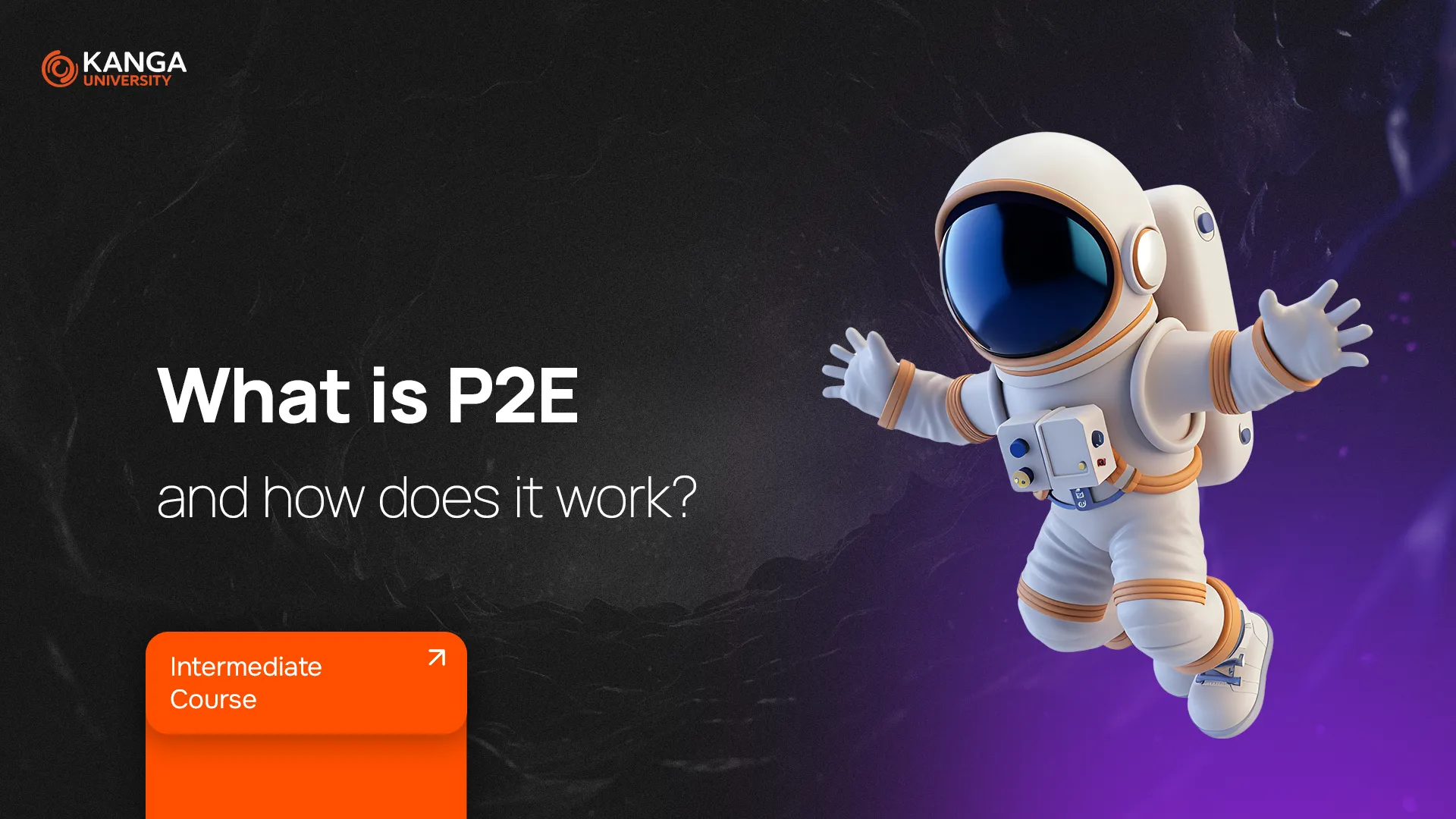
Not long ago, gaming was just about fun. Now it’s also about income. The Play-to-Earn (P2E) model is flipping the gaming world upside down — rewarding players not just with entertainment, but with real, tradable value. Thanks to blockchain and NFTs, your time spent gaming can actually pay off.
What Is Play-to-Earn?
Play-to-Earn means exactly what it sounds like: play games, earn money. In this model, players receive rewards in the form of cryptocurrency or NFTs (non-fungible tokens). These can be sold, traded, or kept as digital investments.
Whether you’re completing quests, fighting monsters, or collecting rare items — your progress in a Play-to-Earn game can have real-world financial value.
Where Did This Idea Come From?
The spark came from a classic video game frustration. Ethereum founder Vitalik Buterin loved playing World of Warcraft — until the developers nerfed his favorite character. That lack of control made him question centralized platforms. The result? He created Ethereum, a blockchain that lets anyone build decentralized apps — including Play-to-Earn games.
How Is It Different from Regular Gaming?
In traditional games:
-
Your progress stays locked in the game.
-
The publisher owns everything — you don’t.
-
There’s no real-world value to what you earn.
In Play-to-Earn games:
-
You actually own your items as NFTs.
-
You earn crypto tokens with market value.
-
You can trade or sell what you earn, just like any other digital asset.
Most Popular Play-to-Earn Games (July 2025)
CryptoKitties
The pioneering NFT game from 2017 that started the trend of collecting virtual cats on the Ethereum blockchain. Although popularity has waned, developers introduced the Meowcoins token and community airdrops and migrated the game to Flow, improving scalability and unlocking new partnerships.
Axie Infinity
A game featuring cute creatures called Axies that you can train, breed and battle. In Season 8, new runes, crafting and mini-games drove a surge in activity. The project launched closed alpha tests of the MMO Atia’s Legacy in early July 2025, and the community still boasts over 2,000,000 unique Axie owners and around 359,000 monthly active players.
Decentraland
A 3D virtual world where you buy and develop land. The MANA token trades around $0.28 and monthly logged-in users exceed 52,000 while on-chain DAU remains near 1,000. The platform continues to build creator economies, host hackathons and metaverse events despite MANA’s value being far below its 2021 peak.
STEPN
A move-to-earn app where you equip NFT sneakers, get moving and earn tokens for physical activity. In Q2 2025, competitive leaderboards, GGT token rewards and enhanced shoe mechanics were introduced. Apple Pay integration boosted transaction volume by about 13%, and VR testing of The MoonBase in STEPN GO continues to attract new users. The platform now has over 5.7 million registered players.
Is Play-to-Earn Really That New?
Not exactly. The idea of making money in games has been around since the 1980s in MMOs like Meridian 59, EverQuest, and of course, World of Warcraft. Players bought, sold, and traded virtual goods — but it was often clunky and lacked trust.
Blockchain changed the game. It made digital ownership transparent, secure, and decentralized — the perfect foundation for P2E.
Play-to-Earn and the Metaverse
You can’t talk about Play-to-Earn without mentioning the Metaverse. This is a digital universe where people live, interact, and work as avatars. In the Metaverse, you don’t just play — you own, create, and earn.
Big names like Meta (Facebook), Nike, Adidas, and global artists are already investing in the Metaverse. NFTs, crypto, and blockchain are the building blocks of this digital reality — especially in platforms like The Sandbox and Decentraland.
Where Is This All Going?
The gaming industry is on track to hit $268 billion by 2025, and Play-to-Earn is a major reason why.
Expect:
-
AAA studios using NFTs and blockchain.
-
More games where you can earn crypto.
-
Entire virtual economies inside games.
The lines between gaming, work, and investing are blurring — and P2E is leading the charge.
Summary
Play-to-Earn games are a new gateway into crypto. For beginners who want to learn and earn — without the risk of trading — it’s a perfect starting point.
And with the rise of the Metaverse, this is more than a trend. It’s a movement. One that might just change how we spend our time online — and how we make money doing it.
Exchange cryptocurrencies with Kanga Exchange